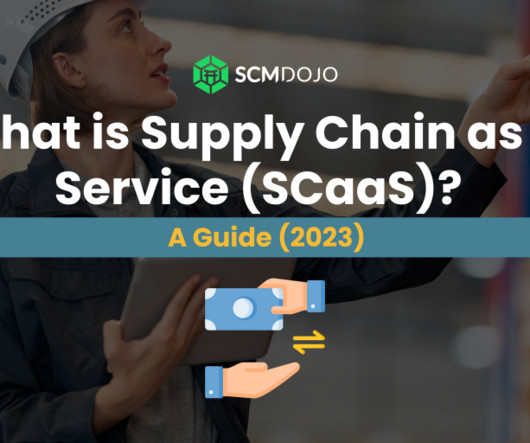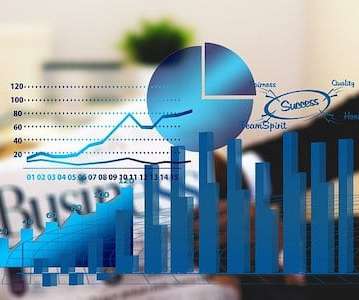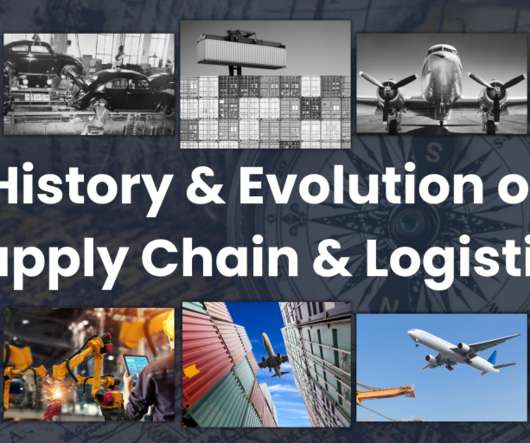367: Going Beyond Visibility – Unveiling The Invisible
Let's Talk Supply Chain
OCTOBER 19, 2023
Over the course of our brand new four-part series, we’re going to talk about why optimized and actionable data is more powerful than mere visibility; and why organizations need good data, not lots of data. What are the barriers to achieving true end-to-end visibility? You have to give them the visibility.













Let's personalize your content